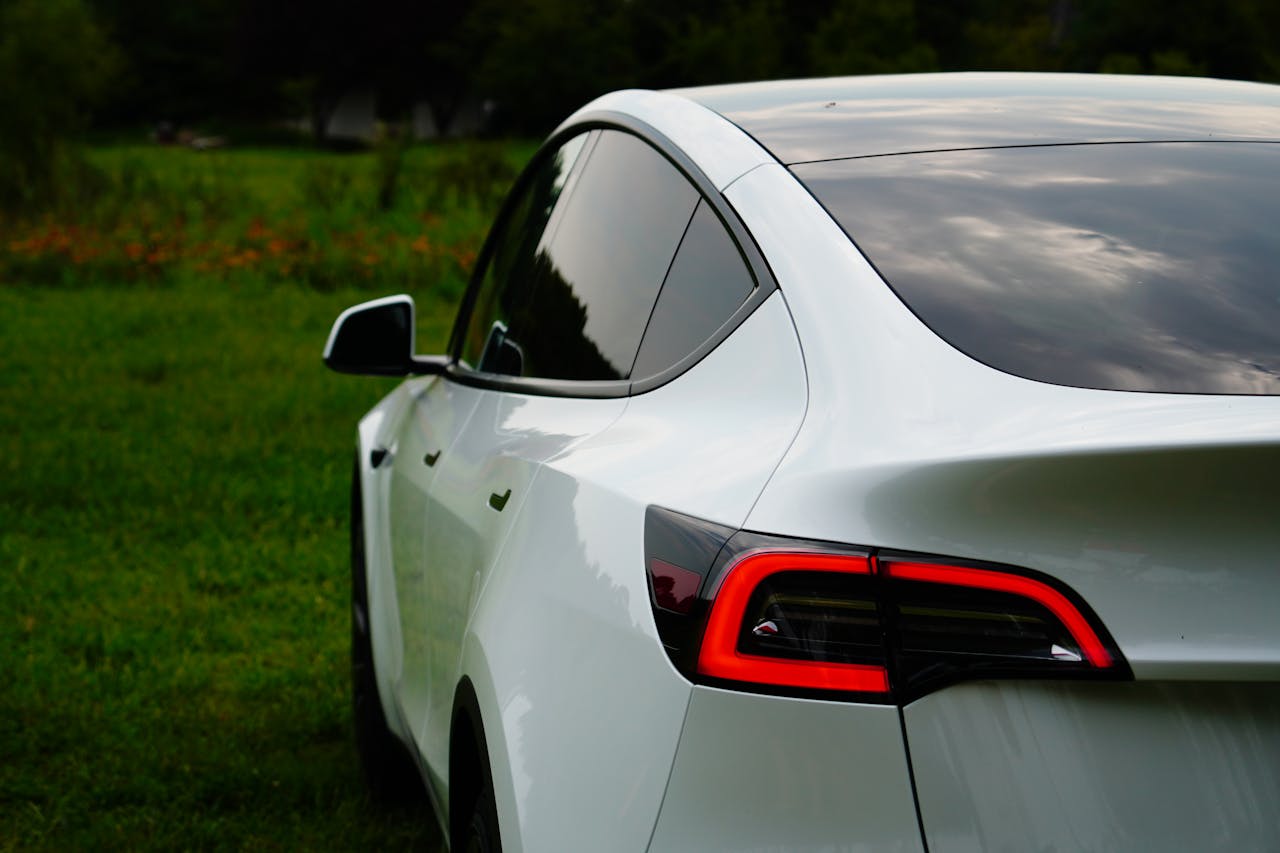How to Check Tesla Battery Health Before Buying
Buying a used Tesla in 2025? You’re not alone. As more Teslas hit the secondhand market—especially high-mileage Model 3s and early Cybertrucks—battery health is now the make-or-break factor for smart EV buyers. Unlike traditional engines, a degraded EV battery can cost you $10,000 or more to replace. So before you fall in love with that sleek used Model S, here’s exactly how to check its battery’s health—and avoid getting burned.
First, Understand Tesla Battery Basics in 2025
Tesla batteries don’t “die” overnight—they degrade over time based on mileage, charging habits, climate, and calendar age. Here’s what matters:
- Expected degradation: Tesla batteries typically lose 5-10% capacity in the first 100,000 miles, then degrade more slowly.
- Warranty coverage (2025):
- Model 3/Y RWD (LFP batteries): 8 years / 100,000 miles
- Model 3/Y AWD / Long Range: 8 years / 120,000 miles
- Model S/X: 8 years / 150,000 miles
- All warranties require minimum 70% battery capacity remaining
(Source: Tesla 2025 Warranty Booklet)
So, when buying used, you’ll want to check how much battery capacity is actually left—and how close the car is to warranty expiration.
Step-by-Step: How to Check Battery Health Before You Buy
1. Ask for a Screenshot of the “Rated Range”
When the Tesla is charged to 100%, what’s the “rated range” displayed?
| Model | New Battery Range (EPA est.) | Healthy 2025 Range (90–95%) |
|---|---|---|
| Model 3 Long Range | ~358 miles | 322–340 miles |
| Model Y Standard | ~279 miles | 250–265 miles |
| Model S (2021+) | ~405 miles | 360–390 miles |
| Cybertruck AWD | ~340 miles (est.) | 305–325 miles |
If it’s much lower than these ranges at full charge, that’s a red flag—the battery may be degraded beyond normal wear.
2. Use Scan My Tesla or Tessie App
For deeper diagnostics, tools like:
…connect to the vehicle’s OBD port or Tesla API (with seller permission) and provide:
- Current battery capacity (in kWh)
- Degradation percentage
- Charging history (DC fast charging vs AC)
- Battery temperature performance
- Number of cycles (how many full charges it’s had)
In 2025, many used Tesla sellers already include a Tessie report as part of their sale pitch—if they don’t, ask for one or offer to pay for it ($10–$30).
3. Look for DC Fast Charging Overuse
Frequent use of Superchargers (especially pre-2022) can stress batteries. Diagnostic apps will show a DC vs AC charging ratio. A DC usage over 70% is often linked to faster degradation, especially in older Model S/X vehicles.
4. Drive It—And Watch Regeneration Behavior
During a test drive:
- Is regenerative braking working smoothly?
- Does the car reach full power quickly when flooring it?
- Are there sudden drops in range or “battery restricted” messages?
These can signal cold battery issues, degraded cells, or software-limited output due to age.
5. Check for Software-Limited Packs
Some older Teslas, especially ex-rentals or decommissioned fleet cars, may have software-limited battery packs. That means a 75 kWh battery only delivering 60 kWh of usable energy. Apps like Scan My Tesla will reveal this.
Bonus: Watch Out for “Battery Replacement” Listings
Some sellers mention “recent battery replacement” like it’s a bonus. It’s not always good news. Ask:
- Was the battery new or refurbished?
- What was the reason for replacement (crash, swelling, or defect)?
- Is there paperwork from Tesla or a certified shop?
A shady third-party install or damaged pack replacement can bring huge future headaches.
Legal Notes in 2025: FSD Transfer & Battery Warranty
Tesla’s 2025 FSD transfer rules do not cover battery issues unless FSD was bundled with a replaced battery module. Also:
- Battery health reports are not standardized like Carfax, so insist on a diagnostic before committing.
- Some states (like California, New York) now require EV battery disclosures at sale—check your local laws.
Final Tip: Never Buy Without This Checklist
✅ Ask for 100% rated range screenshot
✅ Run diagnostic via Tessie/Scan My Tesla
✅ Check fast-charging ratio
✅ Look for regen and power limits
✅ Ask about any past battery work
If a seller pushes back? Walk away. In 2025, a clean battery history adds $3,000–$7,000 in resale value. And peace of mind is priceless.
Related Articles You May Like:
- Tesla Battery Warranty Explained: What’s Covered in 2025?
- Used Tesla Cybertruck Buying Guide: What to Check in 2025
- How to Transfer Tesla FSD Between Owners in 2025
- How to Verify Used Tesla FSD Status When Buying a Used Tesla in 2025
Want to help fellow buyers avoid bad batteries?
Share this guide with friends or comment below with your own Tesla battery buying story.



